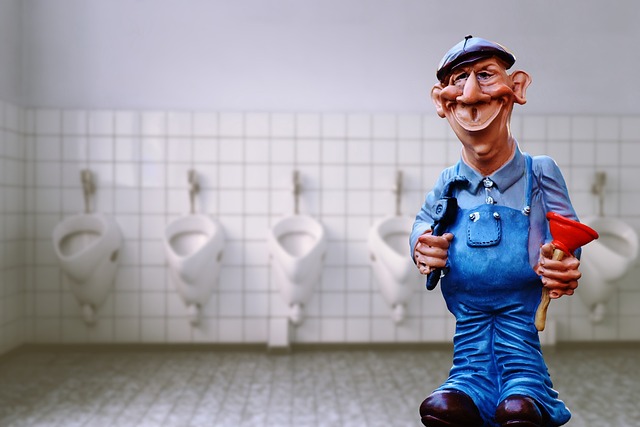Clogging, an energetic and rhythmic dance form rooted in American folk traditions, may not immediately come to mind when we talk about stretching and fitness. Yet, for those who practice it, clogging is a surprisingly intense and rewarding way to stay fit. The seamless blend of rapid foot movement and cardio conditioning creates a unique intersection of dance and exercise. What often makes the difference between a healthy experience and potential injury in such high-energy activities is something many overlook—stretching.
Before diving into a routine of spirited stomps and percussive taps, incorporating a dedicated stretching regimen is essential. Stretching prepares the body for the high-impact nature of clogging, helping muscles and joints acclimate to the repetitive motions and high tempo. Focusing on the legs, hips, calves, and lower back not only prevents injury but also significantly improves performance. You’ll notice improved flexibility, higher kicks, quicker footwork, and, perhaps most importantly, less discomfort after a session.
From a fitness perspective, clogging challenges stamina and balance. You’re engaging your core, legs, and cardiovascular system intensely. Think of it as a dance-themed HIIT workout! However, the rapid changes in motion can take a toll if your muscles aren’t prepped adequately. Stretching boosts circulation and oxygen flow before you even take your first step, which primes your muscles for the burst of activity ahead. Post-dance stretches, on the other hand, can help reduce lactic acid buildup, speeding up recovery and making it easier to train more consistently over time.
In terms of training, dancers often underestimate the importance of mobility. A good stretching routine complements clogging because it builds joint resilience. Training sessions become more productive when each component of the body can move through its full range of motion with less resistance. This is particularly true for cloggers, whose knees and ankles absorb continuous shock. Without regular stretching, the repetitiveness of the footwork can lead to strains or even more serious injuries that derail progress entirely.
Health-wise, stretching helps manage stress and tension—both physical and mental. Clogging, with its rhythmic nature and joyful movements, already contributes to an elevated mood. Adding a mindful stretching practice before and after dancing enhances this benefit, allowing the practitioner to ease into and out of the physical exertion peacefully. This connection between body and mind through movement is a powerful contributor to overall well-being.
Finally, when we consider activity levels, it’s important to recognize the holistic value of integrating stretching with any lifestyle that includes dynamic movements like clogging. Whether you’re clogging in a social club, practicing solo at home, or even teaching others, your activity sessions become more sustainable and enjoyable with the support of regular stretching. Your body stays agile, your spirit stays high, and your ability to stay active becomes less of a challenge, more of a celebration.
Clogging may start as a form of self-expression or cultural connection, but when approached thoughtfully—with proper stretching—it becomes a powerful fitness tool. It builds strength, improves health, supports training, and keeps you active, all while being incredibly fun. So before you lace up those shoes and hit the dance floor, take a moment to stretch. Your body—and your dance—will thank you.



